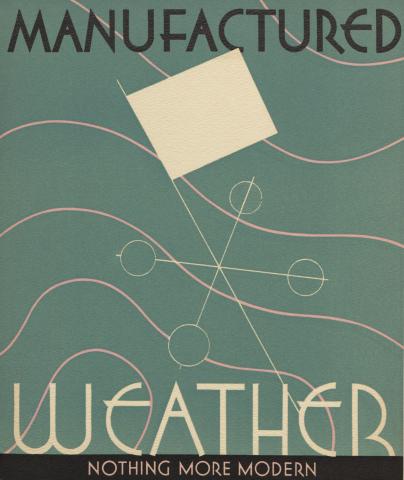While popular memory may have forgotten them, about half of the sailors, soldiers, missionaries, tradesmen, and colonists that made up the Spanish Empire were Black, people who were part of the African diaspora. Studying their history allows scholars new ways to research and interpret Spanish colonialism, perhaps especially in the Pacific context.
When does ANY party start? When you get there!

